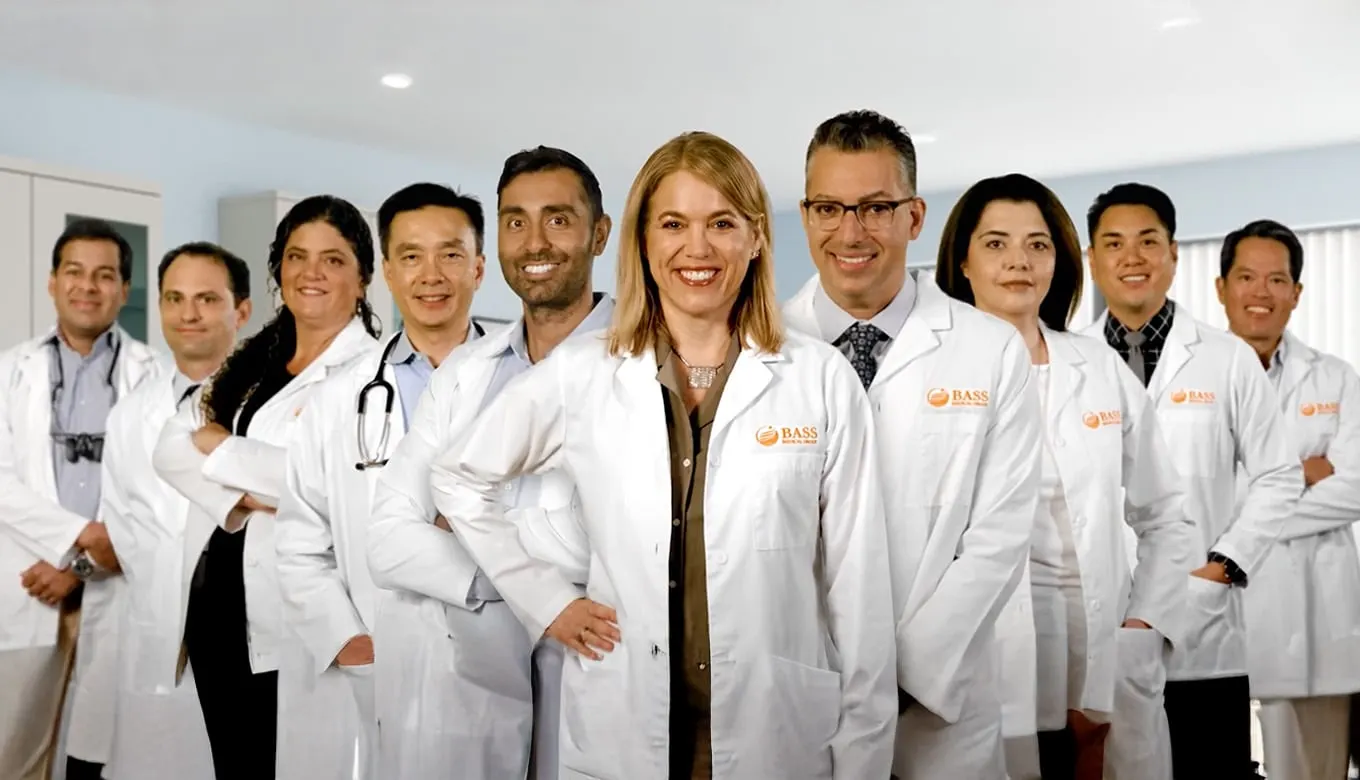.webp)
Breast Cancer Surgery
Breast cancer surgery at BASS Medical Group focuses on removing cancer while preserving as much healthy breast tissue as possible. Our board-certified surgeons offer compassionate, evidence-based care for every stage of breast cancer—from early detection to surgical treatment and recovery. Options may include lumpectomy, mastectomy, lymph node dissection, and coordinated reconstruction through trusted partners. Our team works closely with the Gregory Rhodes MD Cancer Center (formerly BASS Cancer Center) to provide integrated care that includes oncology, imaging, and supportive services—all under one roof.

Not sure where to start?
Request an appointment today and get a personalized treatment plan from our trusted BASS specialists.
Contact Us Today!

.webp)



.png)